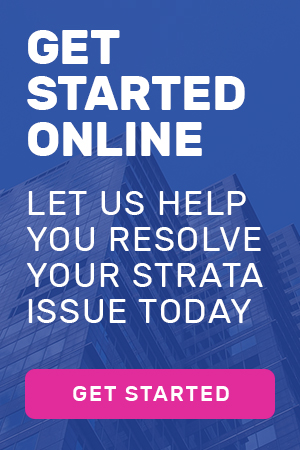
Janney & Ors v Steller Works Pty Ltd [2017] VSC 363 is an important decision for developers concerning the extent of a landowner’s right to possession of airspace over their land. The court granted an injunction to stop a developer’s weathervaning crane from overhanging a neighbouring property.
Facts
The plaintiffs owned a property in Victoria located next to a development site on which was being constructed a four-storey building over an 11-month period.
The construction used an overhead crane. The jib or arm of the crane overhung the plaintiffs’ property when not in operation as it needed to “weathervane” by swinging freely in the wind. However, no building material was lifted by the crane over the plaintiffs’ property.
The plaintiffs told the developer that having the crane above their property would cause “significant and undue stress on the safety of our family and home as well as negatively impact on the amenity and enjoyment of our family home and time spent there”. The plaintiffs further asserted that they owned the airspace above their property and hence any overhang without prior approval was illegal trespass. They asked the developer to provide compensation for leasing their airspace by relocating them to an alternative property during the building work. Alternatively, they asked that the development be undertaken without the crane.
The developer responded that it would not provide compensation, nor would it undertake the development without the crane (due to delays in construction that would result).
The developer subsequently commenced the building work using the crane. In response to the plaintiffs asserting that they would take legal action, the developer offered to pay a $3,000 licence fee for the use of the plaintiffs’ air space.
The plaintiffs sought an injunction. On that same day, the developer made an offer to pay the plaintiffs’ reasonable rental and removal costs and legal costs fixed at $20,000. The plaintiffs rejected this offer but offered to accept a total sum of $106,500 to cover their costs and expenses. This amount was rejected by the developer.
Decision
The court granted the injunction, finding that the intrusion of the crane, while in weathervaning mode, constituted an actionable trespass.
In reaching this decision, the court referred to a number of authorities that establish that weathervaning encroachments constitute a trespass. The court rejected the developer’s argument that it should disregard these authorities on the basis that the common law should now recognise the practical reality of the need for cranes in commercial construction. The court noted that “it could equally be said that the prevalence of cranes makes it all the more important that the courts enforce the rights of owners to protect their properties from such incursions”. Further, it is “for the legislature to balance the rights of owners of property against the commercial demands of the construction industry”.
The court also commented that, even if it had disregarded the prior decisions, it would have granted the injunction on the basis that the intrusion from the crane was not insignificant. The court noted that the plaintiffs’ property was not a commercial building. The plaintiffs lived on their property with their two children. The court commented that “owners of property should not have to live with the fear that at any time the boom of a crane may be above their home and the risk (however small) that it may crash down on their family”. Neither in money terms was the encroachment found to be insignificant as “an interest in land may have ‘precisely the value which that power of veto upon its use creates’” (citing Lord Selbourne in Goodson v Richardson (1874) 9 LR Ch App 221, 224).
The court also found that damages in lieu of an injunction were not appropriate in this case because:
- the injury to the plaintiffs’ legal rights was not small;
- the plaintiffs’ concerns about the risks to their safety posed by the overhanging crane over a period of about six months could not be adequately compensated by the payment of a small amount of money; and
- it was not oppressive to grant the injunction especially where the developer had deliberately violated the plaintiffs’ rights.
The plaintiffs were also awarded indemnity costs against the developer.
Practical implications
The decision adds to the authorities that establish that weathervaning encroachments constitute a trespass. Legislative provisions in NSW, Queensland, Tasmania and the Northern Territory permit a developer to apply to the court for a statutory right of user if they need access to somebody else’s land and the landowner has refused access. There are no such legislative provisions in Victoria. Instead developers need to come to a commercial arrangement to provide reasonable compensation to the affected owner before the trespass occurs.


![McElwaine v The Owners – Strata Plan 75975 [2017] NSWCA 239](https://sglawyers.com.au/wp-content/uploads/2017/11/Common.jpg)
 Sachs Gerace Lawyers work to resolve matters before they go to court.
Sachs Gerace Lawyers work to resolve matters before they go to court.